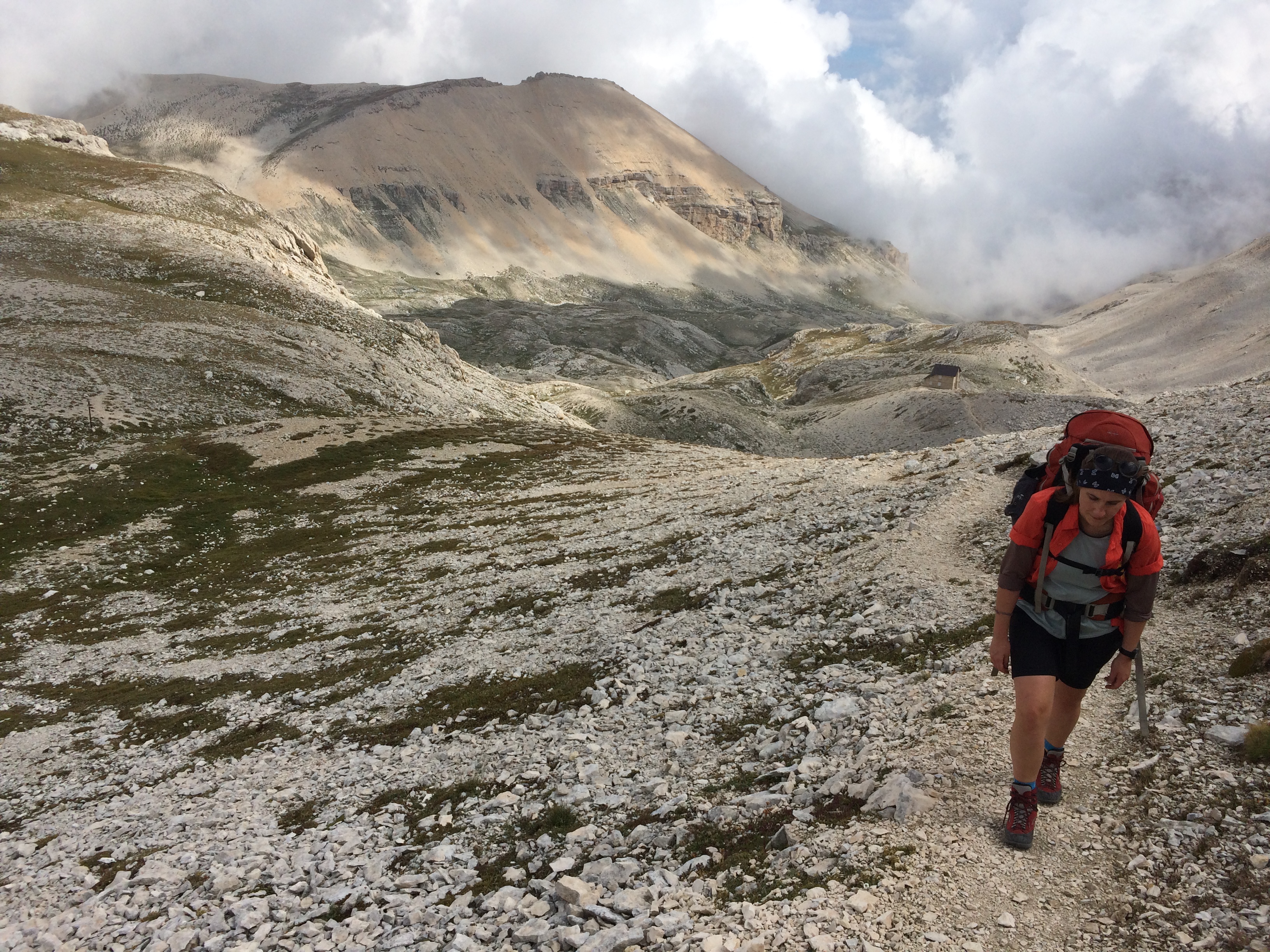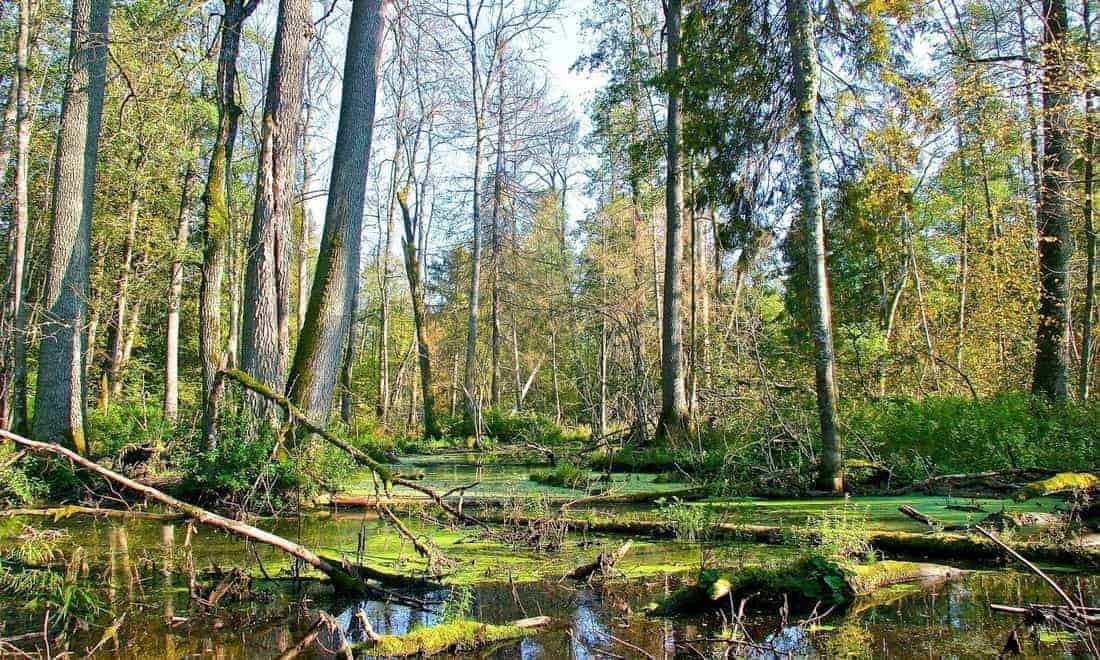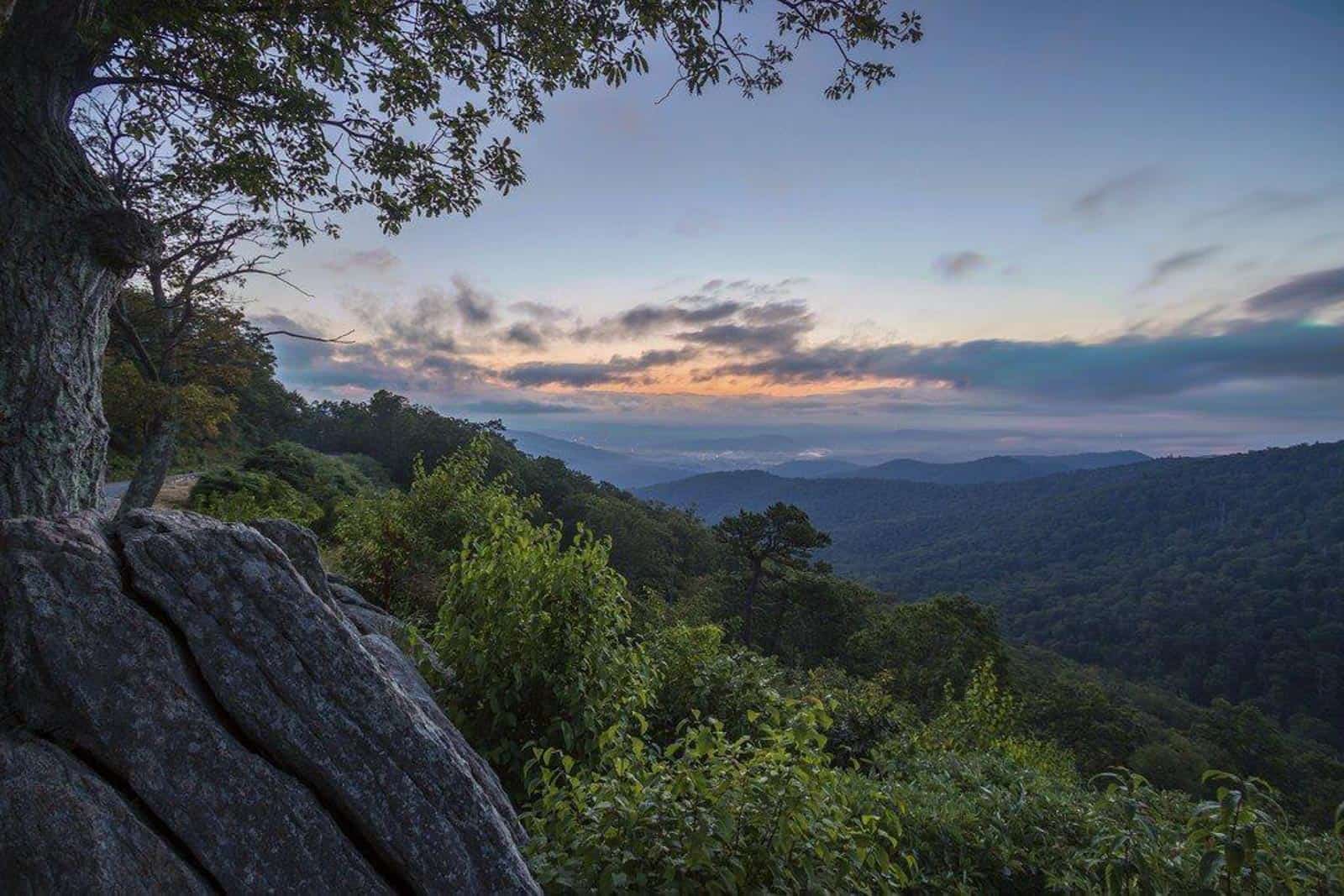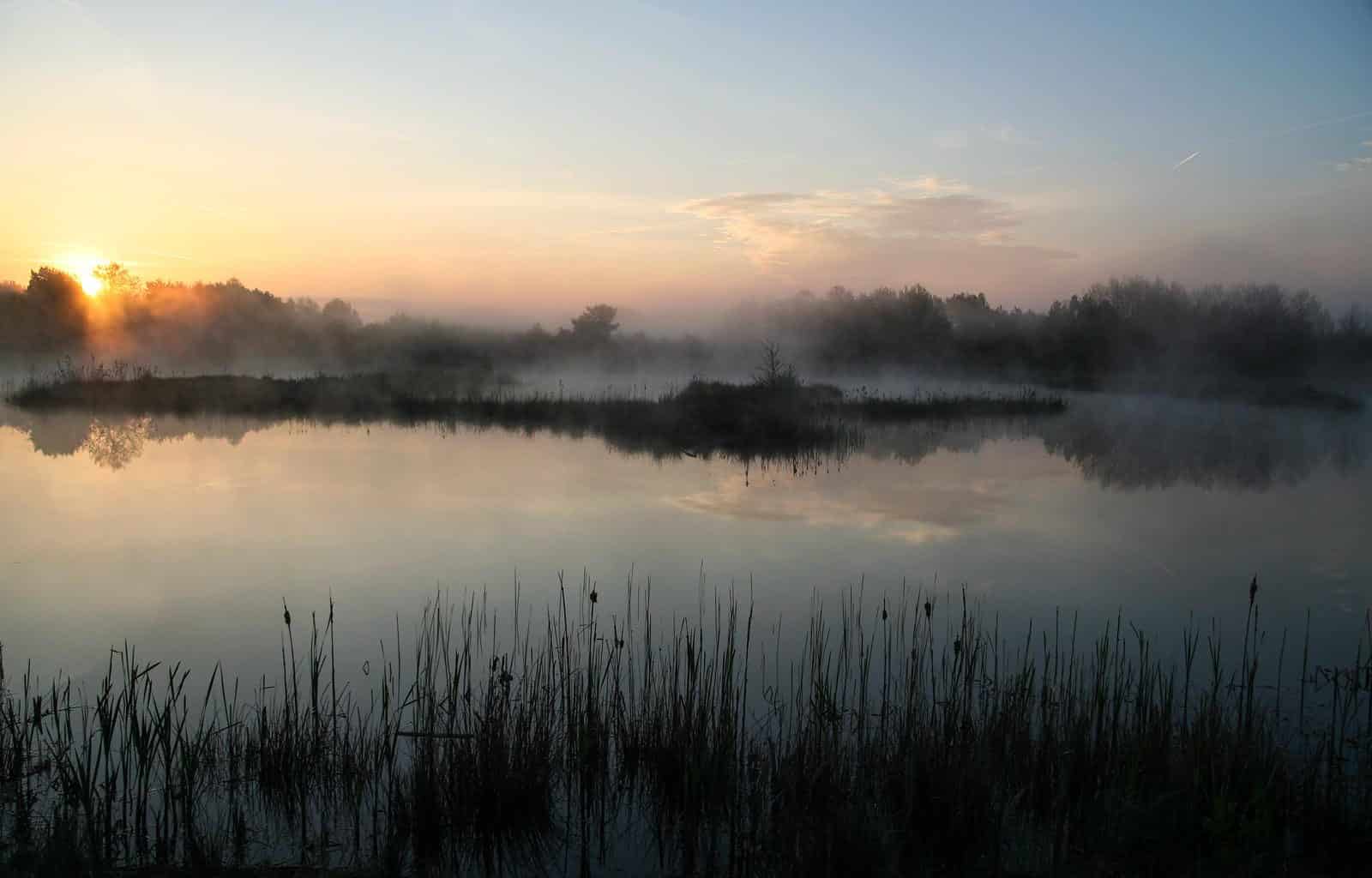Species are disappearing, so is Wilderness
The World Wide Fund for Nature (WWF) published recently their alarming Living Planet Report 2018. One of the things that stood out most, was the Living Planet Index. The Index shows that 16 704 populations, representing more than 4 000 species, decreased on average 60% in size over the last 50 years. In South America the populations decreased even more drastically, with 89%. The message is clear, and worrying. As humans watch, nature is disappearing in front of our eyes. The biggest driver of change is us. Human impact on climate, land use and hunting have dramatic results.
Please also read: Defining and protecting Wilderness in Europe
Fear for climate change
Dr. Nikolaus Szucsich from the Natural History Museum in Vienna studied the vertebrate declines in Austria. His recently published findings indicate that over the last 30 years almost 70% of the vertebrates disappeared in Austria. The cause is clear: humans. Meanwhile, another recent study amongst Austrian citizens showed that 60% of the people are afraid for climate change. Looking at age-specific groups, a staggering 75% of under-30s fear for their future. The numbers are clear, people worry about climate change. The youth is even more concerned than the older generation, logically.
The Barcode of Life
A large group of scientists are working on the ‘International Barcode of Life‘ project. In this project they aim to record 5,3 million DNA sequences from over half a million different species in the first phase. With this information, it is possible to detect faster which species face threats for continued survival. As a result, politicians and decision makers can act quicker to dedicate resources for conservation actions.
Disappearing global Wilderness
But are these conservation actions going to solve the challenges? Over the last 100 years, humans have modified more than three quarters of the planet for their own use. The percentage of modified land used to be only 15%, and is now 77% of land and 87% of the sea, directly affected by people’s actions. This means that pristine forests, rivers, and plains are disappearing at a fast rate. This also dramatically affects the last remaining Wilderness on our planet. A study in Current Biology from Watson et al., (2016) summarised this very clearly.
We demonstrate alarming losses comprising one-tenth (3.3 million km2) of global Wilderness areas over the last two decades, particularly in the Amazon (30%) and central Africa (14%). We assess increases in the protection of Wilderness over the same time frame and show that these efforts are failing to keep pace with the rate of Wilderness loss, which is nearly double the rate of protection. Our findings underscore an immediate need for international policies to recognize the vital values of Wilderness and the unprecedented threats they face and to underscore urgent large-scale, multifaceted actions needed to maintain them.
The lost area of global Wilderness is bigger than the size of India. And the loss continues to grow, as we are not fast enough in ‘Protecting the Last of the Wild‘. This is also because international policy frameworks, such as the UN Strategic Plan for Biodiversity or the Paris Climate Agreement, fail to address the value and contribution of intact and untouched ecosystems. Therefore, the supported efforts made to protect Wilderness cannot keep up with the rate that humans destroy Wilderness.
Too late to act?
Important to mention is that our Wild Earth becomes more fragmented every day. The isolated fragments will impact exchange of species, individuals and DNA, and thereby biodiversity as a whole. In fact, we find 94% of the remaining global Wilderness in just 20 countries, with 70% in the top 5 countries. This week the Conference of the Parties to the Convention on Biological Diversity comes together in Egypt. Representatives of nations, organisations like IUCN, NGOs and scientists will formulate a new strategic plan for the protection of biodiversity after 2020. Here, the decision makers must include mandate targets for Wilderness conservation on a global scale. This will allow funding of Wilderness conservation actions to become easier.
Disappearing forever
As WWF’s Living Planet Report shows, 60% of the animals disappeared in just 50 years. Wilderness in disappearing just like the animals. And similar to species extinction, disappeared Wilderness is essentially irreversible. Once humans disturb Wilderness, it will never fully recover to its original state.
We need to secure Wilderness for ourselves, for nature, for our planet. You can also make a contribution and support the work of the European Wilderness Society.
Read the full Living Planet Report 2018 from WWF below:
Stay up to date on the Wilderness news, subscribe to our Newsletter!









